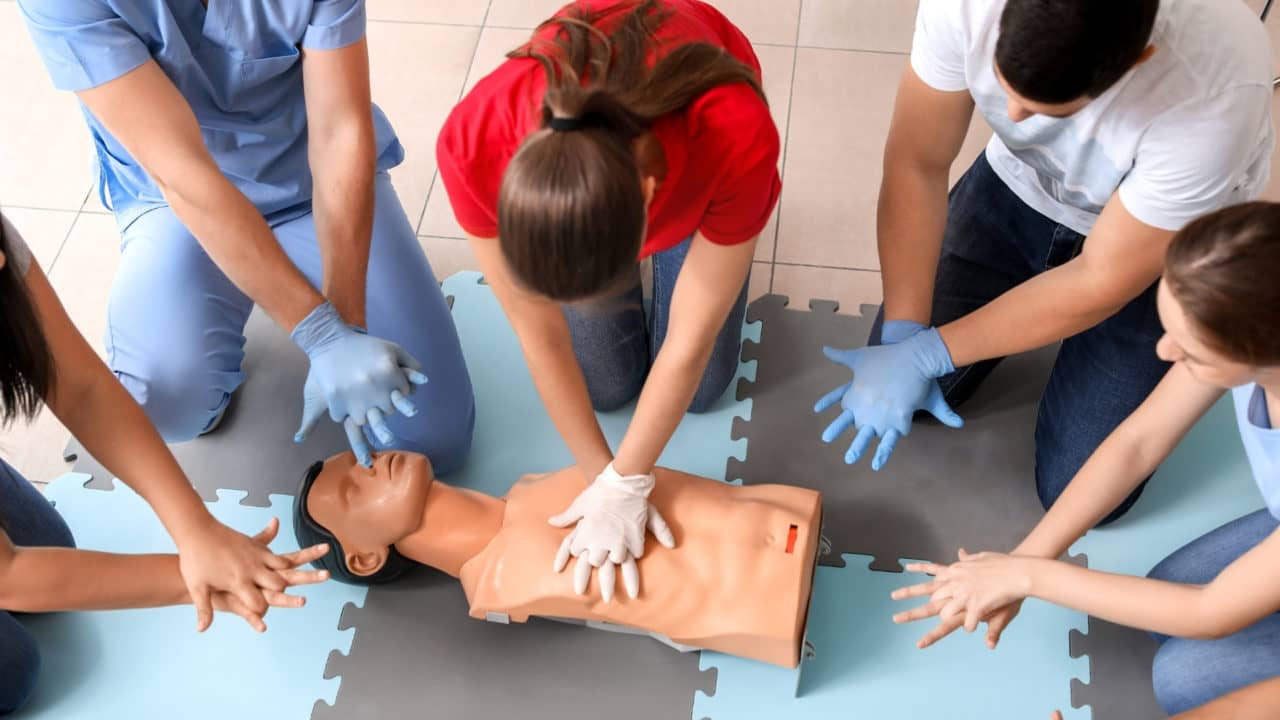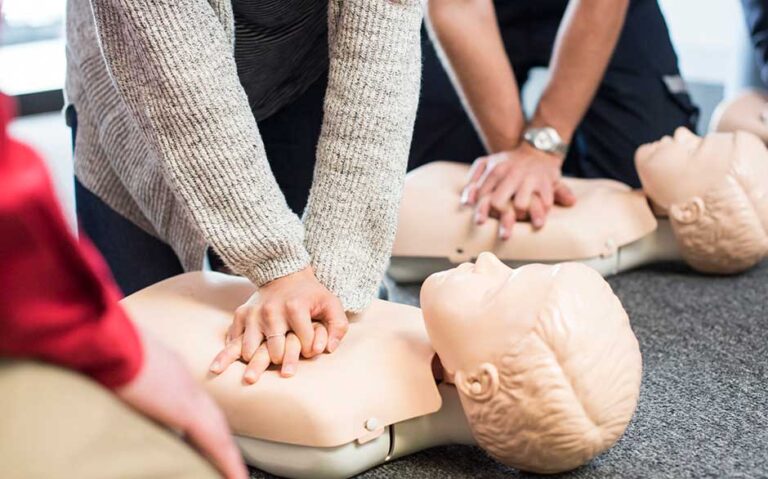Staying prepared for a medical emergency is essential in life. From learning the basics of CPR to understanding the lifespan of first aid certification, its important to be knowledgeable regarding lifesaving skills and procedures.
This article seeks to provide insight into the importance of staying up-to-date on your certifications and how long they remain valid. Through this knowledge, you can ensure that you are always prepared should a medical emergency arise.
Preparing for CPR and First Aid Certification: What to Expect

CPR and first aid certification is an important part of staying prepared. Knowing what to expect when preparing for such a certification can help ensure that you are fully equipped with the knowledge needed to save lives in emergency situations. The lifespan of CPR and first aid certifications varies depending on which state or country you are located in, as well as the type of certification being attained.
Generally speaking, however, certifications tend to last between two and four years before re-certification is necessary. It’s also important to note that certain certifying bodies have different guidelines regarding how often one must recertify – so it’s best practice to check with the appropriate authority before taking any action.
Understanding the Lifespan of CPR and First Aid Certification
It is important to understand the lifespan of CPR and first aid certification in order to stay prepared. Having a current card on hand can be crucial should an emergency arise, whether it’s at home, work or school.
Certification courses are designed to teach individuals how to recognize signs of life-threatening medical conditions and respond appropriately with CPR and other life-saving techniques. The length of time during which a certification remains valid depends on the type of course taken as well as the institution that issued it. In general, most certifications for basic first aid and BLS (Basic Life Support) last between two to three years before renewal is necessary in order to maintain their validity.
AHA (American Heart Association) certified providers must attend refresher classes every two years in order for their cards remain active while those who have received non-AHA certifications may only need refresher classes every three years or more depending on the issuing organizations requirements.
Staying Up-to-date with Your CPR and First Aid Certification Requirements

Staying on top of your CPR and first aid certification requirements is an essential part of remaining prepared for any medical emergency. Its important to understand that certifications dont last forever and must be renewed periodically in order to remain valid.
The lifespan of a CPR or first aid certification can vary depending on the issuing institution, but there are some general guidelines to help you stay up-to-date with your credentials. First, its important to check how long your particular certification will remain valid.
Generally speaking, most certificates are only good for two years before renewal is required, though some may have longer lifespans than others. Additionally, certain courses or certifications may require more frequent renewals than others; for example, if working as a lifeguard or EMT requires annual recertification due to changing standards and regulations in those areas.
Therefore it is crucial that you check the specific requirements associated with each type of certificate you hold so that you know when they need updating.
Conclusion
Staying prepared and understanding the lifespan of a CPR First Aid Certification is essential for anyone who has taken this life-saving course. MyCPR NOW provides the most up to date courses that are available in order to ensure that your certification stays current. With their comprehensive packages and unbeatable prices, you can rest assured knowing that you are always meeting the requirements set forth by local safety organizations.
Taking a first aid course from MyCPR NOW will give you peace of mind and help ensure that your skills stay sharp for when they may be needed most.

